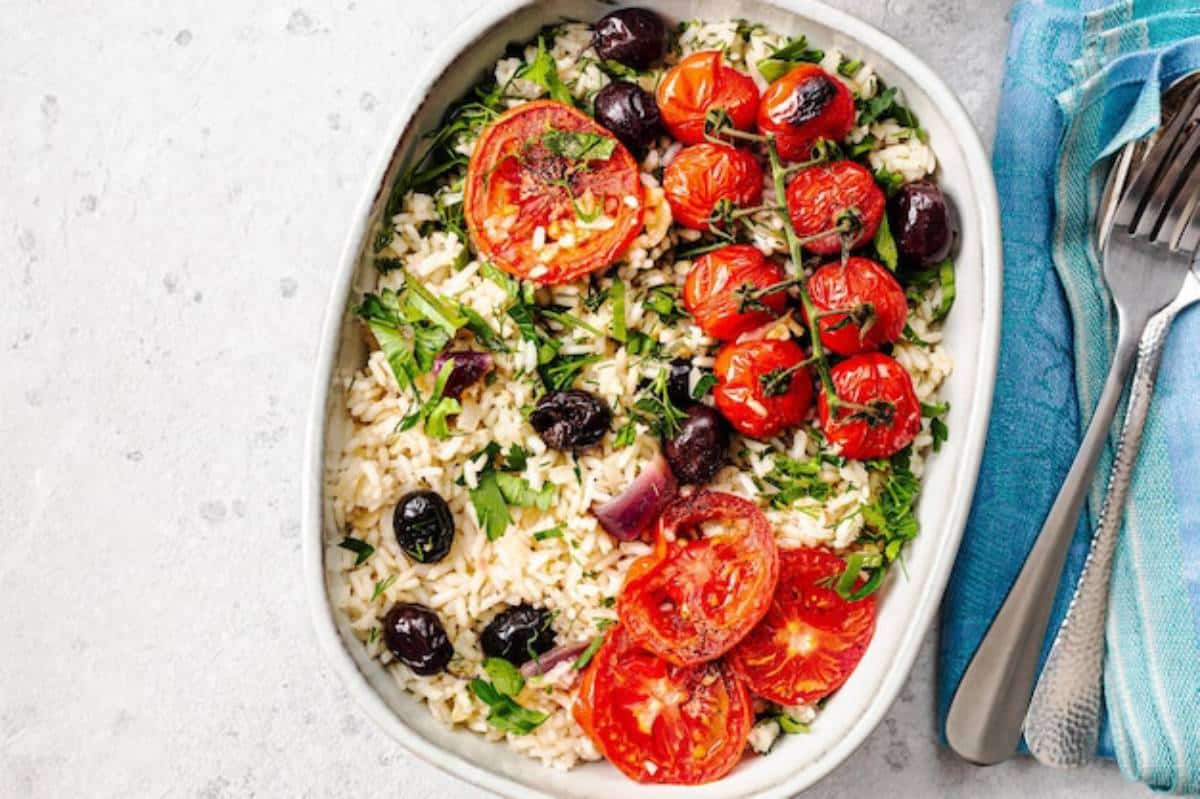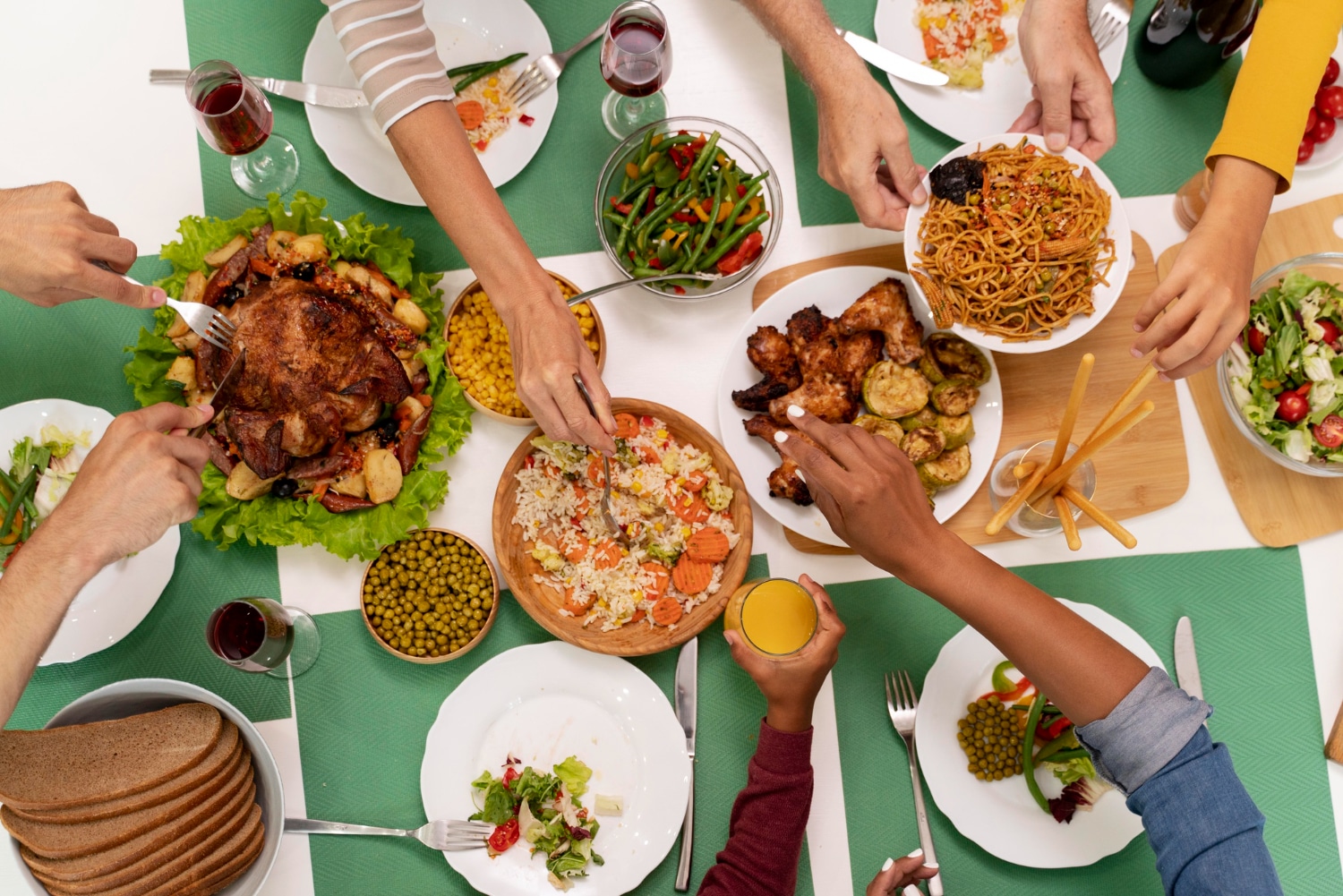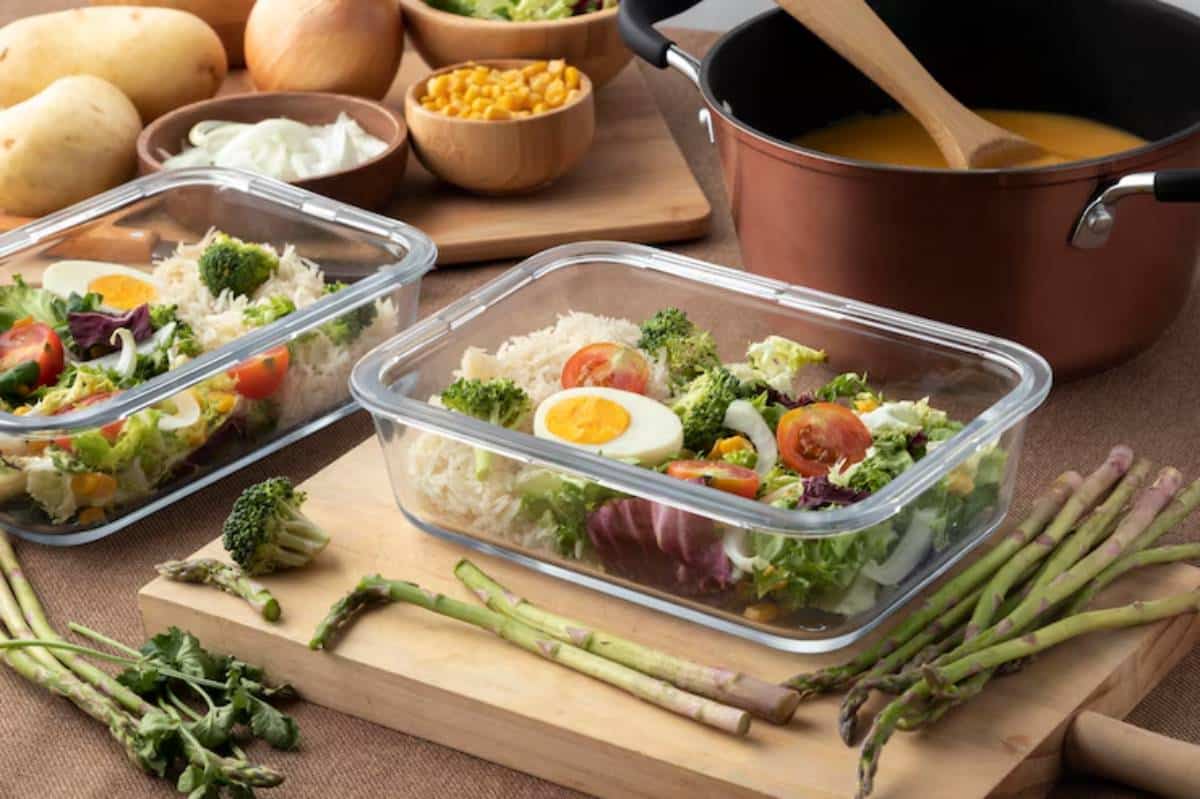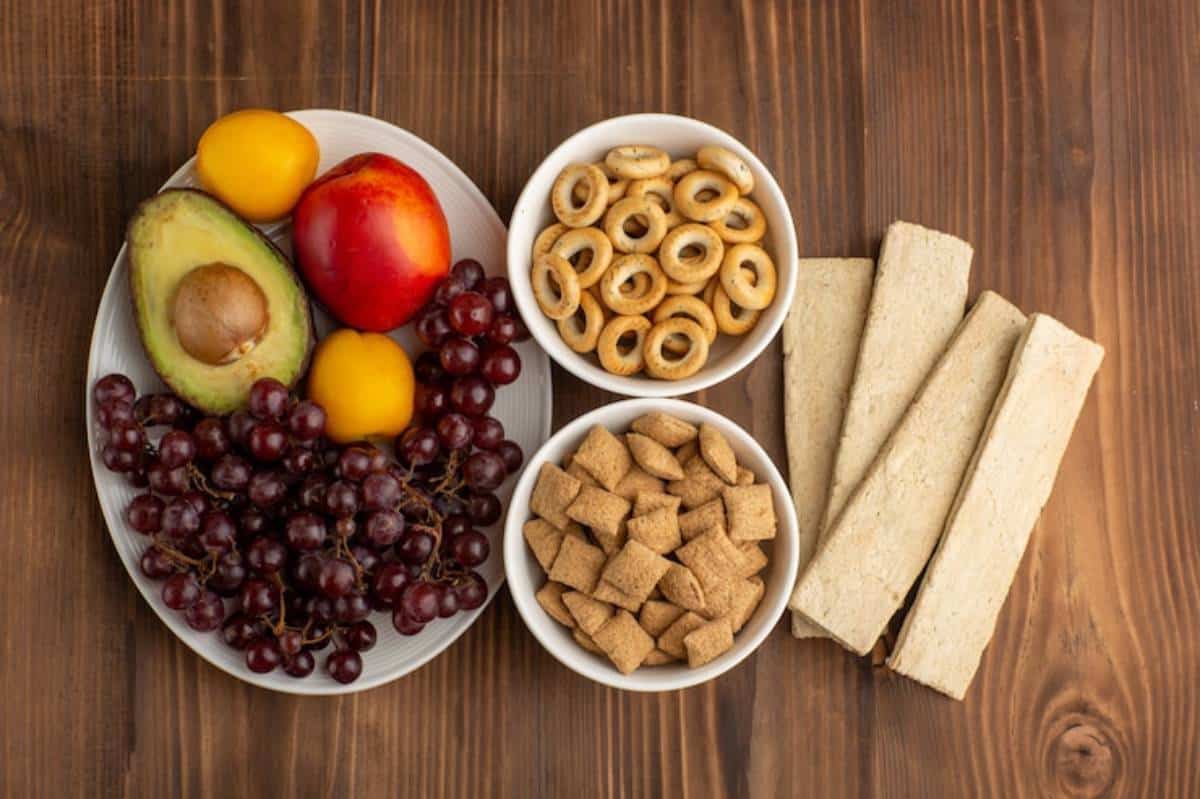
Low-Carb Snacks for Sustained Energy
You know the feeling: it’s 2:30 p.m., your concentration’s fading, and your energy has taken a nosedive. You grab something quick — a cereal bar, crackers, maybe a pastry — and for a moment, it helps. But not for long.
That’s because many go-to snacks are high in carbs and sugar, offering a quick boost followed by an even quicker crash. The solution? Low-carb snacks designed to keep you full, focused, and fuelled — without the spike and slump.
In this post, we’ll explore why low-carb snacks are especially beneficial for adults juggling busy days, how to build a snack box that works for your lifestyle, and what to include for maximum satisfaction and energy. Whether you’re following keto, cutting back on sugar, or just tired of the crash cycle, these snack ideas will help you power through.
The Case for Going Low-Carb Between Meals
Let’s clarify: not all carbs are bad. But refined, fast-digesting carbs — the ones found in crisps, bread, granola bars, and vending machine fare — offer little staying power.
Low-carb snacks can offer:
- Longer-lasting energy: Protein and fat take longer to digest, giving you a more stable fuel source.
- Fewer cravings later: A balanced snack can reduce that desperate 4 p.m. sugar hunt.
- Improved focus: Avoiding glucose spikes helps mental clarity and mood.
- Better portion control: High-protein and high-fibre snacks tend to be more satisfying.
- Keto-compatible options: If you’re doing low-carb or ketogenic eating, these snacks keep you in range.
They’re also great for travel, office life, school runs, or those long work-from-home days when your fridge keeps calling.
What to Include in an Adult Low-Carb Snack Box
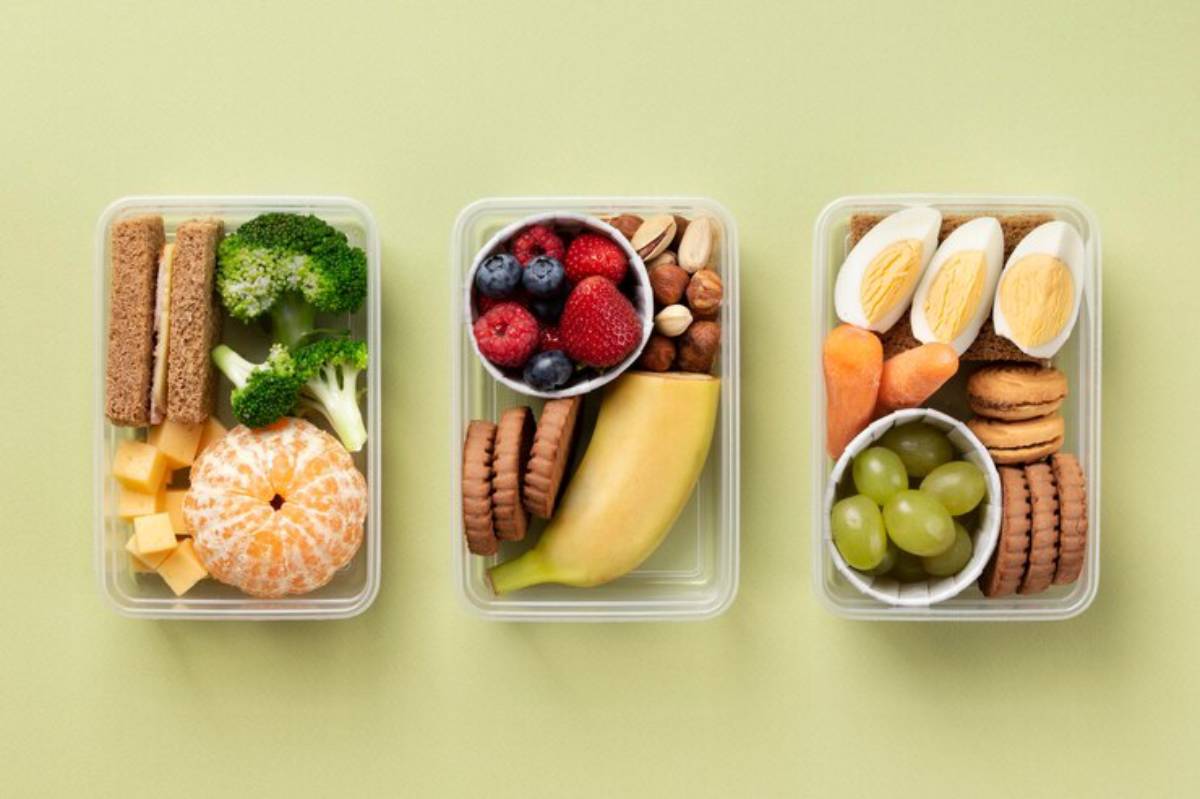
When designing a satisfying low-carb snack, you’ll want to hit three key notes:
- Protein: Supports fullness and repairs muscle tissue
- Fat: Slows digestion and helps sustain energy
- Fibre: Adds bulk, keeps digestion healthy, and reduces hunger
Mix and match components for flavour, texture, and variety.
Smart combinations include:
- Boiled eggs + cheese cubes
- Nut butter + apple slices (watch the sugar if strict keto)
- Tofu cubes + sesame seeds
- Greek yoghurt + chia seeds (unsweetened)
- Smoked salmon + cucumber rounds
Let’s take it a step further with complete snack ideas.
1. The Mini Mezze Box
A Mediterranean-style selection that’s refreshing, savoury, and balanced.
Pack in:
- Sliced cucumber and cherry tomatoes
- Feta cheese or halloumi strips
- Olives or sun-dried tomatoes
- A boiled egg or a few slices of roast chicken
- Tzatziki or hummus (watch portions to stay low-carb)
Why it works: This snack is full of healthy fats, flavour, and colour — perfect for a late lunch or hearty snack.
Pair this format with ideas from bento-style low-carb lunches for greater variety and meal-prep flexibility.
2. Smoked Salmon Wraps with Cream Cheese
Roll smoked salmon around small dollops of full-fat cream cheese, add chopped dill or cucumber for freshness, and pack into a reusable container.
What’s in it:
- Smoked salmon slices
- Cream cheese (or avocado)
- Herbs, lemon zest, or capers
- Baby spinach or rocket leaves (optional)
Why it works: It’s protein-rich, very low in carbs, and feels luxurious without much effort. Great with a side of almonds or a handful of olives.
3. Crunchy Cheese & Veg Box
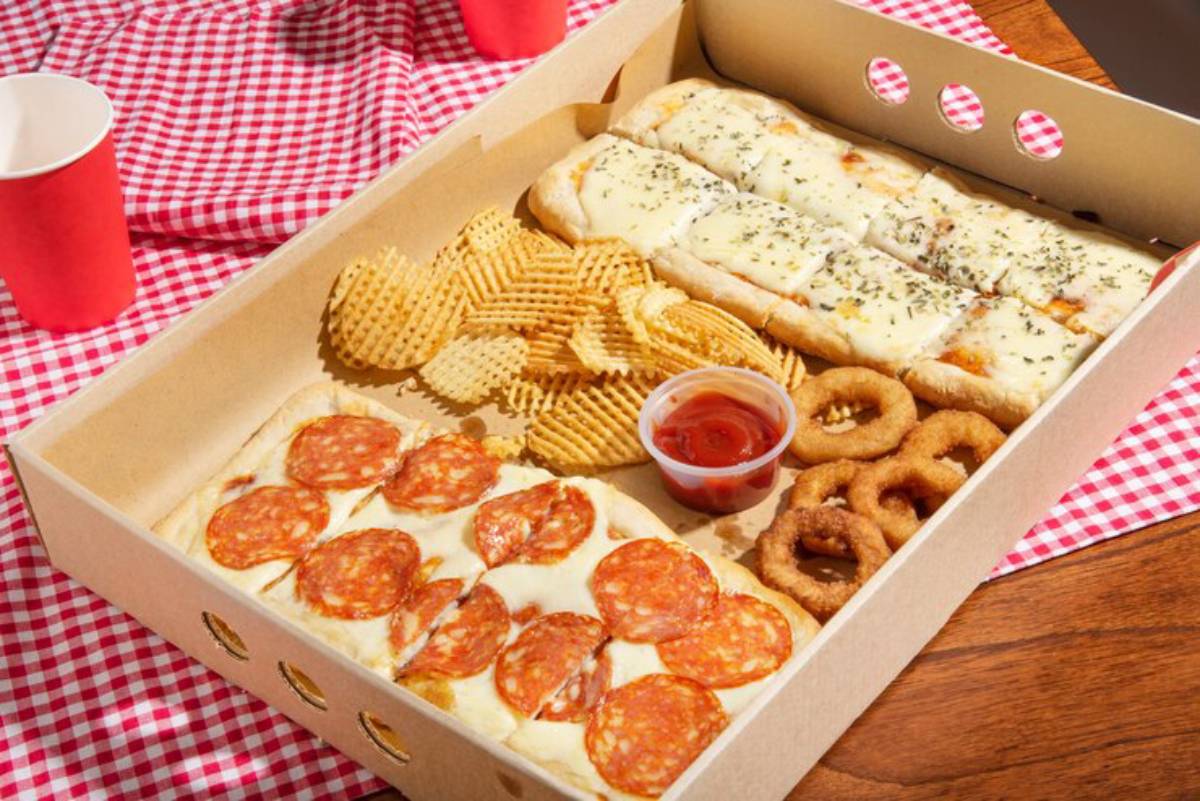
Craving that crunch? Skip the crisps and load up on fibre and protein instead.
Pack:
- Sliced red peppers and celery sticks
- Mini Babybels or cheddar cubes
- A few raw almonds or walnuts
- Guacamole or salsa dip
Why it works: You’re satisfying the crunch and salt craving while delivering real nutrients and staying power. Add spiced roasted seeds for extra crunch.
If you’re prepping ahead, mix this into your batch-cooked lunches that stay fresh to reduce your daily decision load.
4. No-Sugar Protein Balls
Homemade or store-bought, these can be a life-saver when you’re rushing between meetings or need a late-afternoon bite.
Look for:
- <5g net carbs per ball (check labels)
- Natural ingredients like almonds, flaxseed, or cocoa
- No syrups, honey, or added sugars
Pair with: A small black coffee or herbal tea for a satisfying desk-side snack.
Why it works: These are portable, non-perishable, and a great sweet-but-low-carb solution.
5. Leftover Chicken or Tofu Skewers
Got leftovers from dinner? Turn them into a snack box by adding dip and veg.
How to build it:
- Sliced or skewered chicken (or tofu, tempeh)
- Small pot of pesto, tahini, or ranch dip
- Celery, radish, or cucumber sticks
- Optional: hard-boiled egg or string cheese
Why it works: This is a mini-meal in a box — high protein, balanced fat, and perfect for when you need more than a handful of nuts.
Portable Low-Carb Snacks for Work and Travel
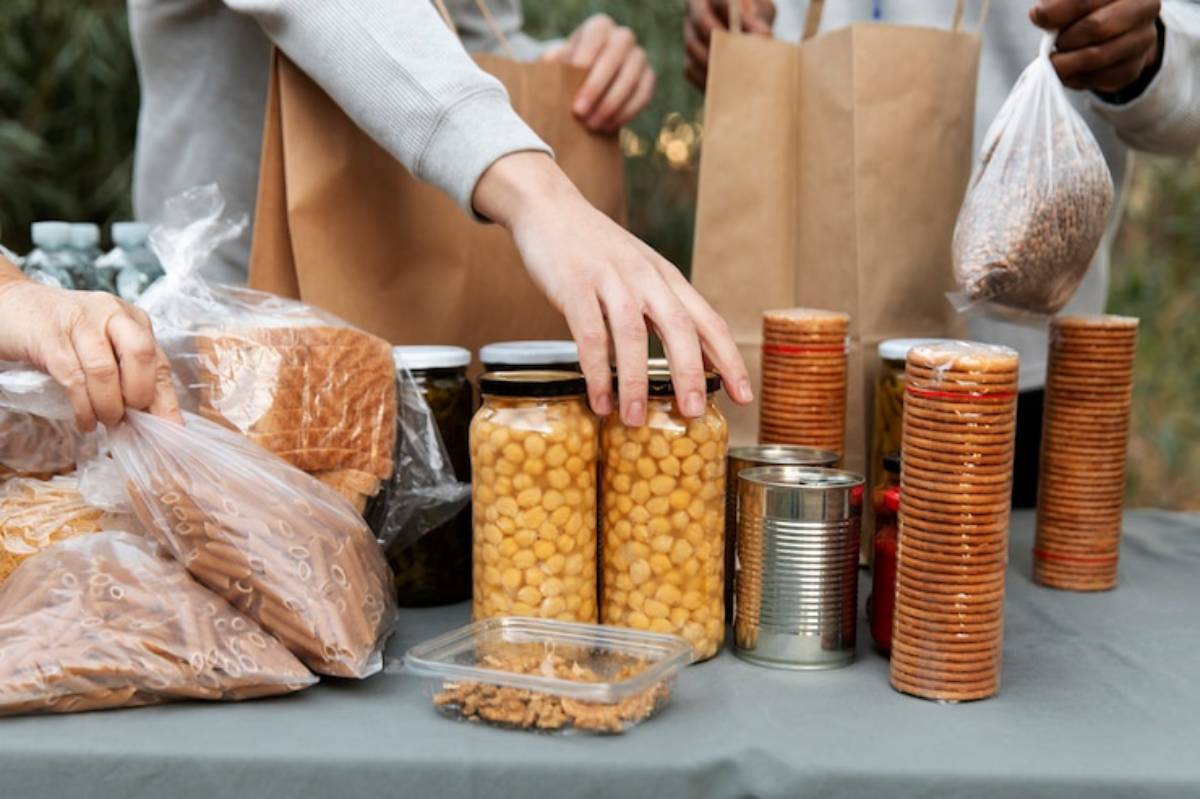
Sometimes you need snacks that last hours in a bag or suitcase. These ideas are shelf-stable and travel-friendly:
- Jerky (look for sugar-free or grass-fed)
- Seaweed snacks
- Nut butter packets
- Roasted chickpeas or broad beans (in moderation for keto)
- Hard cheese blocks
- Dark chocolate (85% or higher)
Pack a few of these in your desk drawer or travel bag, and you’ll always be ready to refuel.
Tips for Building Your Low-Carb Snack Routine
1. Keep It Visible
At home, prep a low-carb snack drawer or fridge box so it’s easy to grab and go. You’re more likely to choose healthy snacks if they’re accessible.
2. Portion Ahead
Buy reusable containers or small jars to portion nuts, cheese, or yoghurt in advance. This makes weekday mornings faster and reduces over-snacking.
3. Mix It Up
Even the best snack gets boring daily. Rotate your options every 2–3 days and stock a variety of protein, fat, and fibre sources.
4. Don’t Fear Fat
Healthy fats like avocado, cheese, seeds, and nut butters can help keep you full longer than carb-based snacks.
When Should You Snack?
There’s no one-size-fits-all answer — the best time to snack depends on your hunger levels, activity, and energy needs.
Typical times include:
- Mid-morning (10–11 a.m.): When breakfast was light or early
- Mid-afternoon (2–4 p.m.): To power through the workday
- Before or after workouts: Combine protein and a little fat
Avoid snacking out of boredom — check if you’re actually hungry before diving in.
Conclusion: Snack Smarter, Feel Better
Choosing low-carb snacks doesn’t mean giving up satisfaction, flavour, or convenience. Whether you’re building an adult snack box for the office, prepping ahead for a busy week, or trying to maintain stable energy throughout the day, smart snacking makes all the difference.
From Mediterranean-style mezze to smoked salmon wraps and crunchy veg combos, low-carb snacks can be exciting, nourishing, and easy to make part of your routine.
So here’s your next move: Pick two snacks from this list and prep them tomorrow. Try one in the morning and one mid-afternoon — then notice how much more stable, focused, and satisfied you feel.
